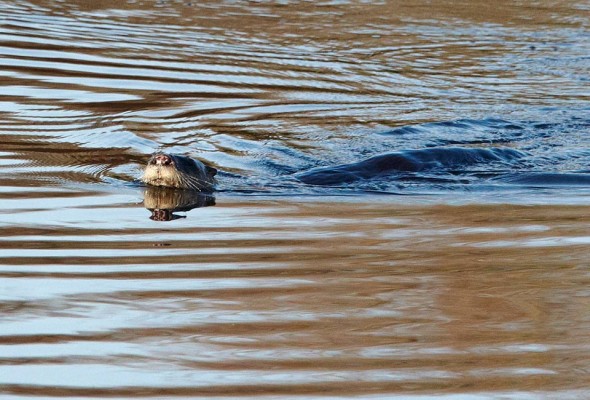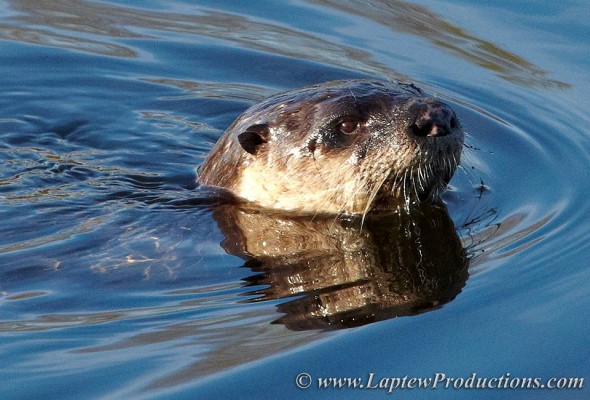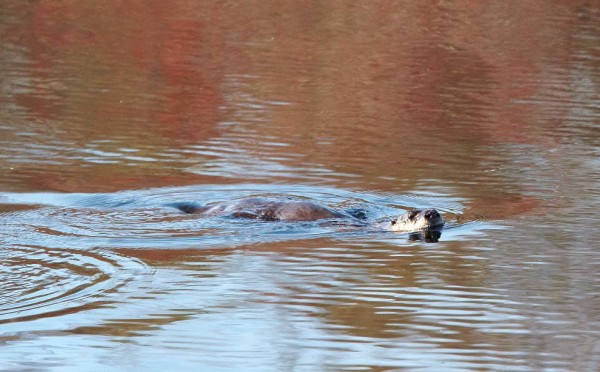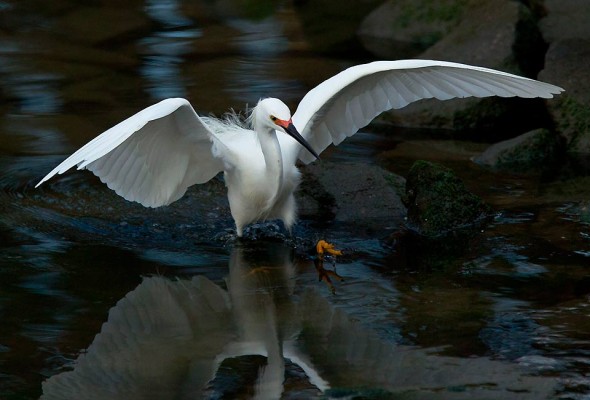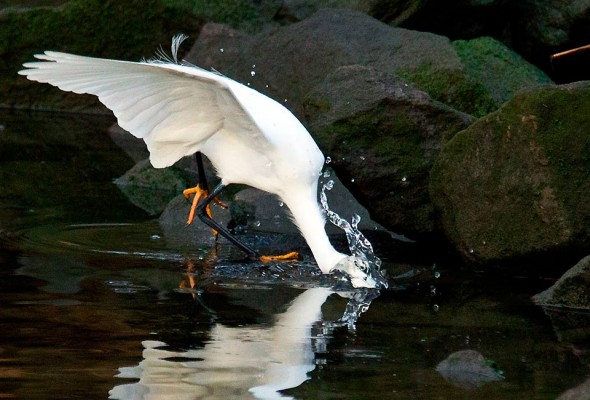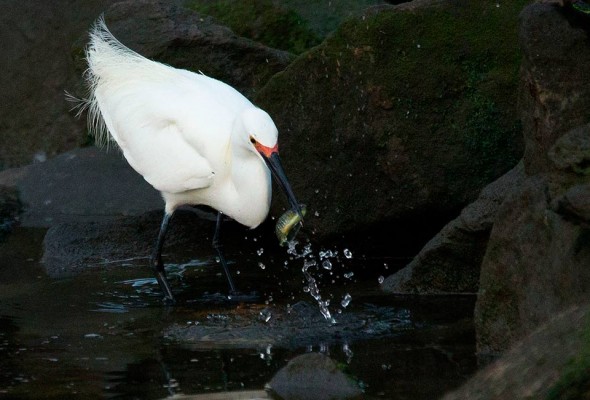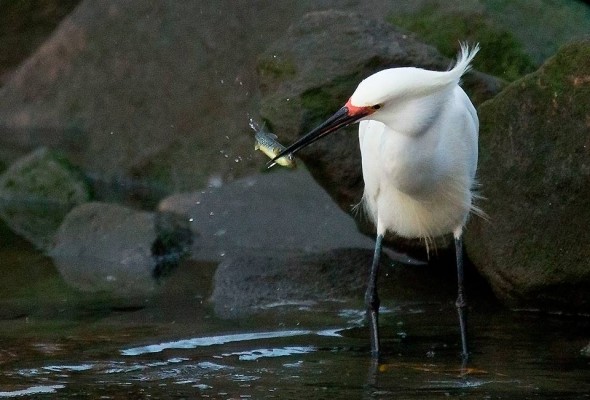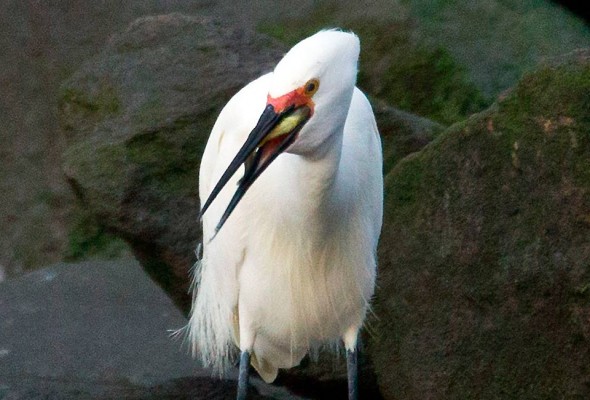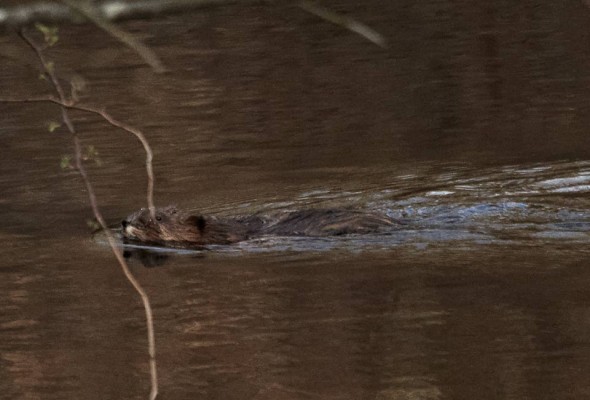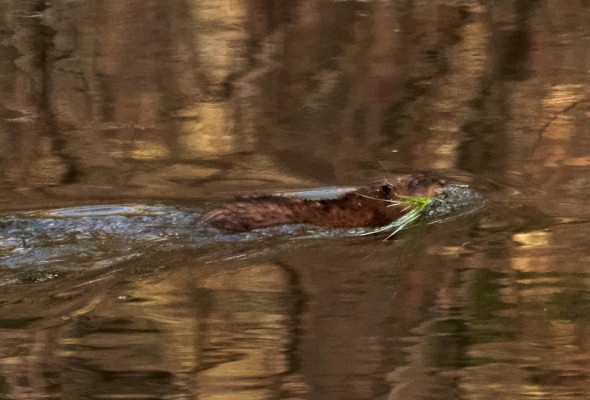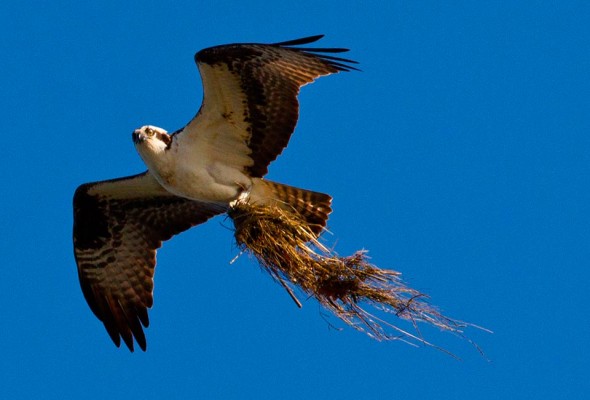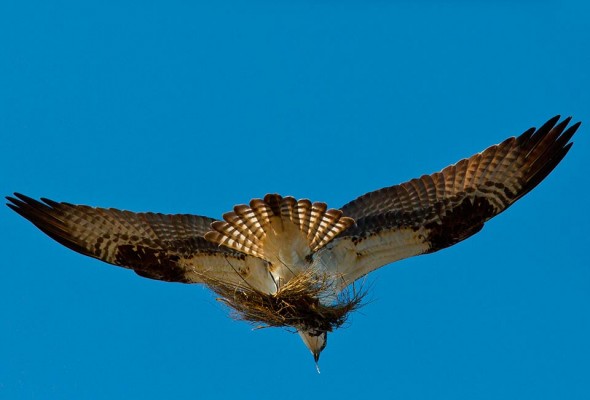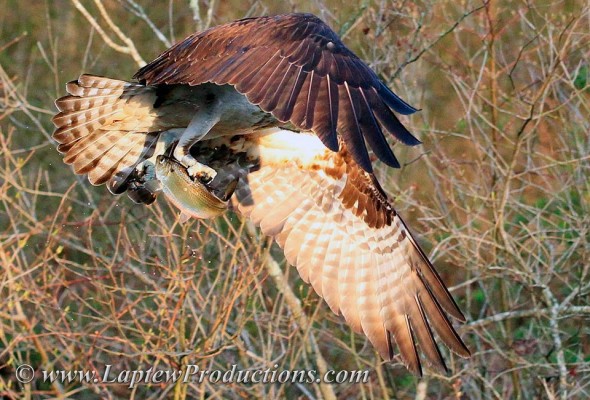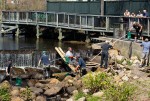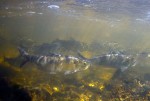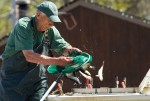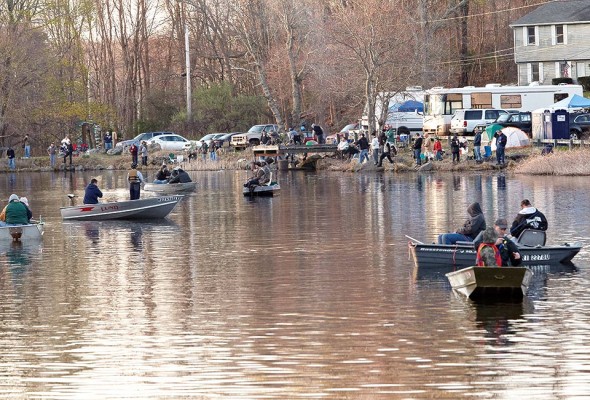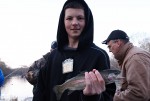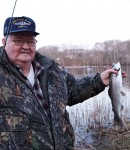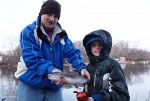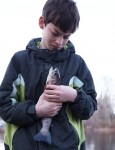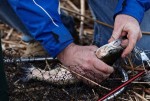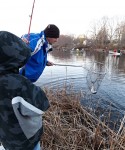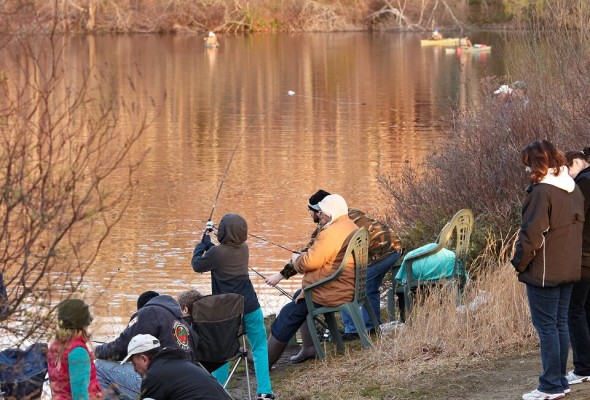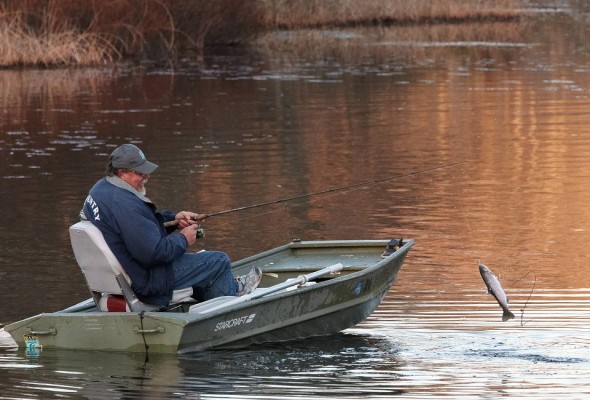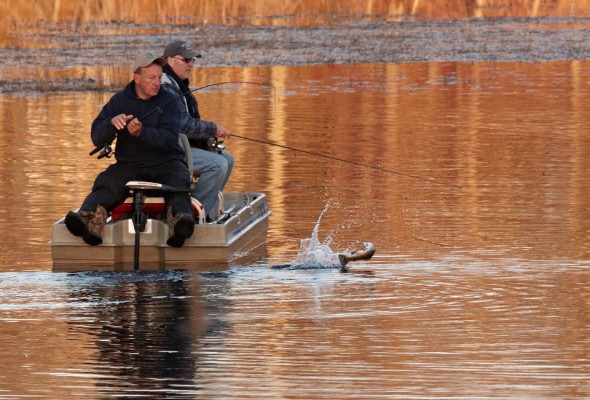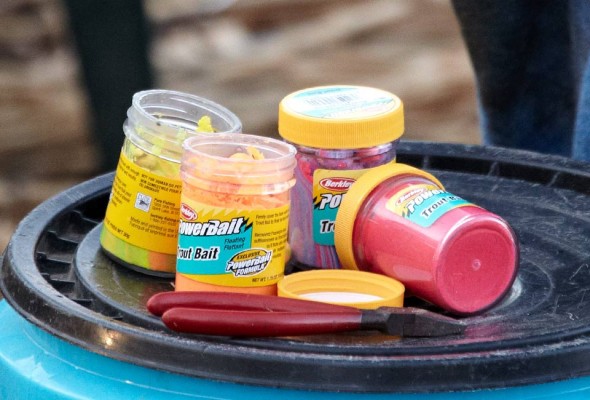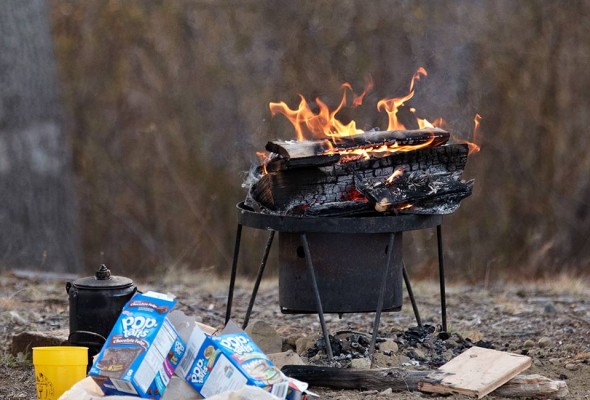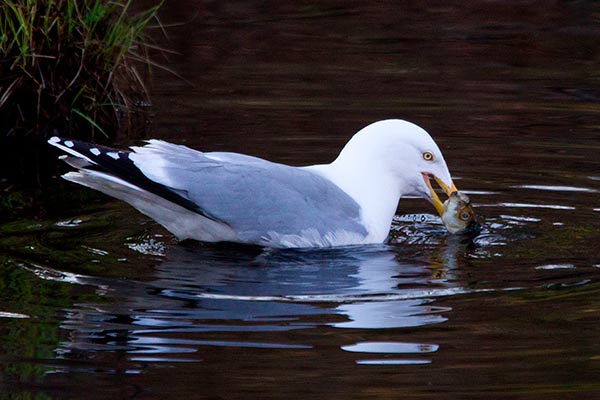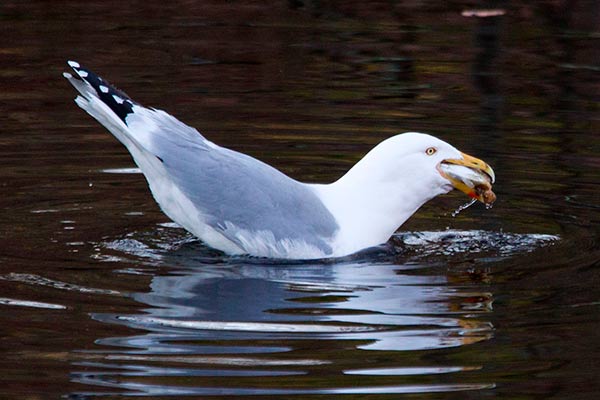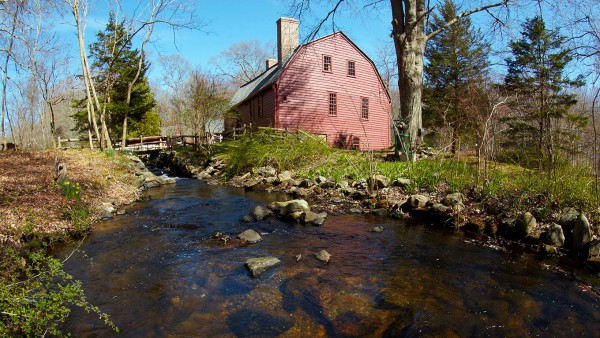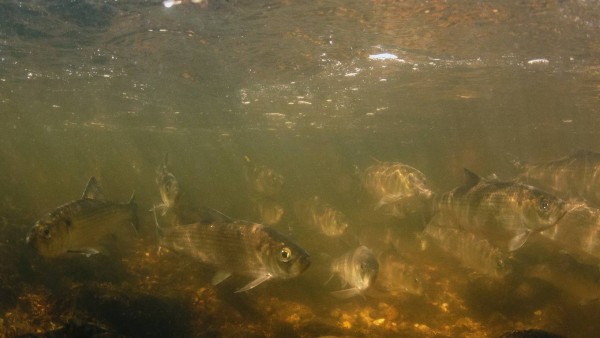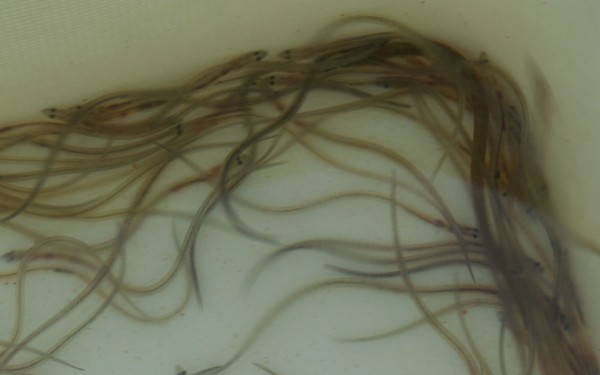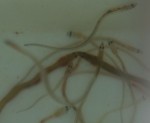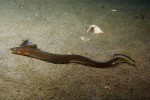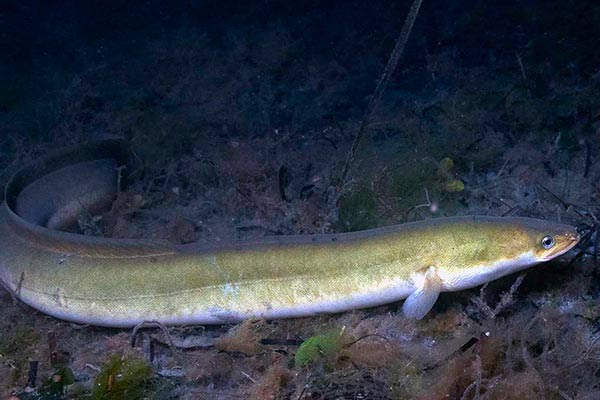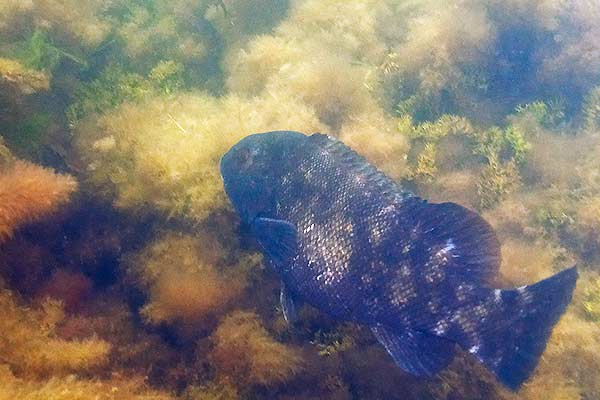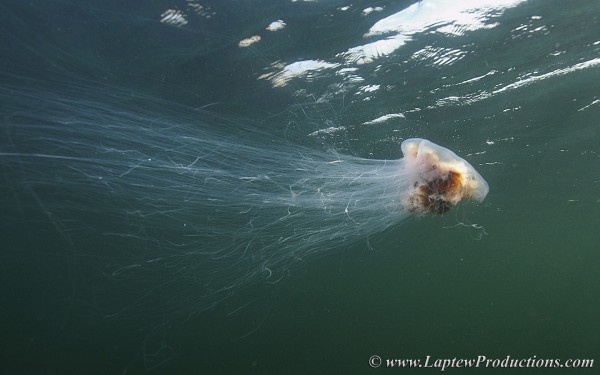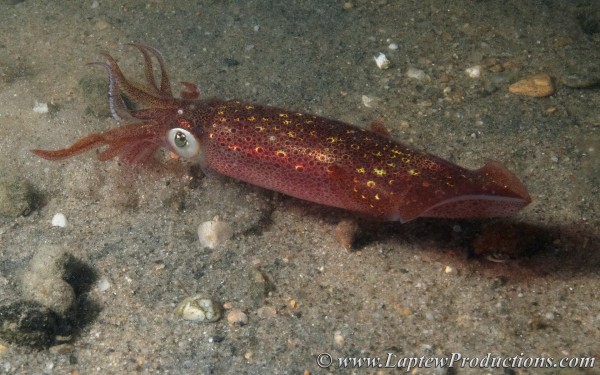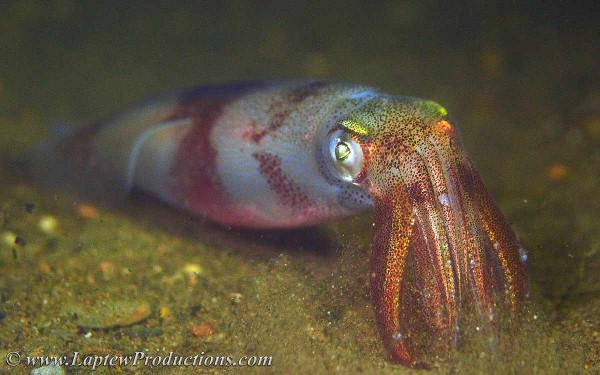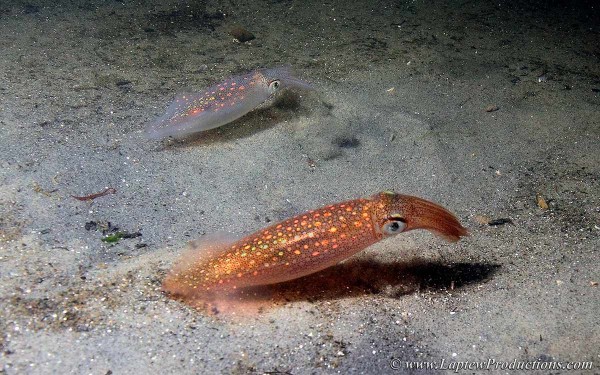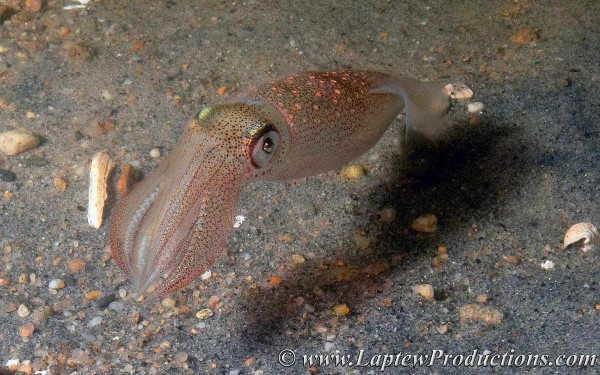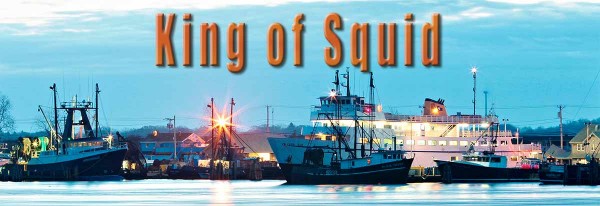Monthly Archives: April 2012
Laptew Chronicles
Rhode Island’s Web of Life
Part 1
River Otter
River otters can live 10 to 20 years. These three and half to four foot long mammals depend on clean water and a healthy supply of fish, frogs, snakes, mice, birds, crayfish and mussels.
River otters digest and metabolize food so quickly that food passes through their intestines within an hour.
Click to enlarge any of these images
Snowy Egret
The snowy egret stalks the marshes, coves and rivers for small bait fish such as mummichog, spearing, sand eel or sand lance
Muskrat
These semi-aquatic rodents feed primarily on aquatic plants and they can be found in slow-moving-streams, coastal and freshwater marshes, lakes, ponds and swamps.
They are prodigious and can produce up to 3 litters per year, each with 6 to 7 young. Breeding takes place from late March through July.
Osprey – The Fish Hawk
When the ospreys return to Rhode Island they start tidying up their nests with sticks and grass. Osprey mate for life and return to the same nest year after year.
River Herring
Alewives and blueback herring have an enormous impact on the environment and they are a vital component to the food chain.
A group of volunteers help the Rhode Island Dept. of Fish of Wildlife scoop out and transport herring to an aerated truck. These herring will be transferred to the Pawcatuck watershed where they will fortify 1300 acres and 8 stream miles.
Check back for Rhode Island’s Web of Life – Part 2
Trout Fishing Action – Silver Spring Lake, North Kingstown
The 2012 RI trout season started at the crack of dawn on Saturday, April 14 and this popular North Kingstown fishing hole was loaded with anglers and fish.
The action was fast and furious as the sun started to climb above the trees. Every stretch of open shoreline was lined with kids and adults eager to catch their limit of trout.
It was estimated that 20,000 anglers would participate in the annual ritual known simply as “Opening Day.”
Silver Spring is stocked with trout from the nearby Lafayette hatchery where over 120,000 pounds of trout are raised each year.
Within minutes of the start of the 2012 season trout were being hauled in right and left.
The quality and size of the fish had everyone smiling.
Click on any image to enlarge
There was no generation “gap” here
Berkeley Power Bait Proved Highly Effective
I didn’t see one kid texting, or on a cell phone, they were actually in the real world and not engulfed in virtual realty. We just might be able to reel in the younger generation with what we always though was great fun.
Get out there and fish. Take a kid with you. Better yet, take an old fart fishing too! When’s was the last time you took your Dad fishing!
Not all herring gulls are at the landfill
It’s nice to see a herring gull actually eating a river herring and not a french fry.
With an expandable throat, these most common of all the “seagulls” in our area, are quite capable of wolfing down an entire river herring.
Headwaters of the Pettaquamscutt or Narrow River
Anadromous Fish Return from the Sea to Spawn
Catadromous Species Spawn at Sea and Their Offspring Journey into Freshwater
After hatching in the Sargasso Sea, “glass eels” or elvers infiltrate streams, creeks and marshes in Rhode Island
These resilient animals can live over 20 years in our ponds and lakes before heading back to the Sargasso Sea to spawn and die
This pair of fish-hawks mate high above the Narrow River, also known as the Pettaquamscutt River. After mating, the male osprey scoured the area looking for suitable nesting material. I hope he finds enough river herring to support his future nestlings.
Herring Return on Full Moon The Full Moon in April Motivates Herring to Move The 2012 herring run started early this year; perhaps due to the unseasonably warm temperatures in March. However, very few herring ran up the river during the last week–I was getting a little nervous. Did the industrial fleet of pair trawlers [...]
For New Jersey anglers it’s
opening day of Tog Season 2012
Good luck, but please toss the egg laden females back.
When does Jellyfish season open?
Look at the RI landings
Top 10 seafood landings (by pounds)
In 2010, more pounds of squid were brought ashore in Rhode Island than any other seafood.
Squid (Illex)
Atlantic herring
Little skate
Squid (Loligo)
Mackerel
Scup
12,4231,611
8,279,065
7,616,857
7,446,094
4,355,810
4,300,039
16%
11%
10%
10%
6%
6%
When I was young my family and I ate all of the above, but we also had a steady supply of cod, haddock, flounder, halibut, pollock and even swordfish—the majority of which could be called “local” with a straight face. In the fifty years since, overfishing for these prize species—those that fetched highest ex-vessel prices—has done huge and well-documented damage to both our once-abundant groundfish and the habitats that sustain them.
Now that we’ve pummeled the stocks of bottom dwellers and longlining has dramatically reduced apex-predator stocks like sharks, tuna, marlin, swordfish, and so on, the race is on to catch every last critter that can be consumed. Look at the above list of commercially landed species and consider: In my childhood—heck, even now—most would fall neatly under the “bait” heading….
If we don’t get our regulatory asses in gear, we’ll soon be dining on spider crabs and jellyfish. Speaking of the food chain—its bottom links in particular–did you take your krill oil today?
Will the Longfin inshore squid (Loligo pealeii) spawn early?
I’ll be diving this week to see if I can find the first wave of squid to invade Narragansett Bay for the 2012 squid spawn.
Last year was a mad rush for these valuable eatables, with draggers from all over—some of staggering proportions and horsepower—pummeling the south shore beaches relentlessly, April into July.
Why?
Squid landings amounted to six times the volume of lobster that crossed the Ocean State docks last season, but both generated roughly the same revenue: $12.4 million.
By some estimates, Rhode Island’s commercial fleet produces the largest volume of domestic squid landings on the Eastern Seaboard (some would suggest that Cape May, NJ comes close). Pretty impressive for what once was an underutilized resource (a kiss-of-death designation that generally transitions—at a breakneck clip—to “fully exploited” and soon thereafter to “crashed” or “collapsed”).
Point Judith is now the Loligo squid capital of the Eastern Seaboard—its product regarded as among the world’s finest, and in constant high demand, particularly in southern European and Asian markets.
For what it’s worth, the old exit sign off Route 1 to Galilee once designated the port the
“Tuna Capital of the World.”

